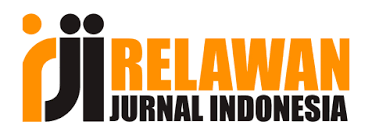Methods of Lemmatizing Various Structured Words in Uzbek Language
Abstract
Lemmatization is the process of finding the main morphological form (lemma) of a word. This is an important first step in solving many Natural Language Processing (NLP) and Information Retrieval (IR) problems. Lemmatization is a complex task due to the lexical meaning of the Uzbek language due to the richness of its morphology and agglutinative aspects. This article presents methods of lemming words with different structures in the Uzbek language.
References
2. B. B. Elov, Sh. M. Hamroyeva, O. X. Abdullayeva, Z. Y. Xusainova, N. U. Xudayberganov. (2023). POS tagging and stemming in Uzbek, Turkic, and Uyghur languages, Uzbekistan: language and culture (computer linguistics), 2023, 1(6).
3. Ivan Boban, Alen Doko, Sven Gotovac. Sentence retrieval using Stemming and Lemmatization with Different Length of the Queries. Advances in Science, Technology, and Engineering Systems Journal Vol. 5, 2020, No. 3, 349-354.
4. Kharis, M., Laksono, K., Suhartono, Ridwan, A., Mintowati, & Yuniseffendri. (2022). Tokenization and Lemmatization on German Learning Textbook Level A1 of CEFR Standard. Journal of Higher Education Theory and Practice, 22(1). https://doi.org/10.33423/jhetp.v22i1.4971.
5. Uzbek language morphological analyzer - http://uznatcorpora.uz/.
6. B. Elov, Sh. Hamroyeva, X. Axmedova. (2022). Methods for creating a morphological analyzer, 14th International Conference on Intelligent Human-Computer Interaction, IHCI 2022, 19-23 October 2022, Tashkent.
7. Elov B., Alayev R., Xusainova Z. Implementation of stemming in Uzbek language: a hybrid statistical approach. 2023.

















